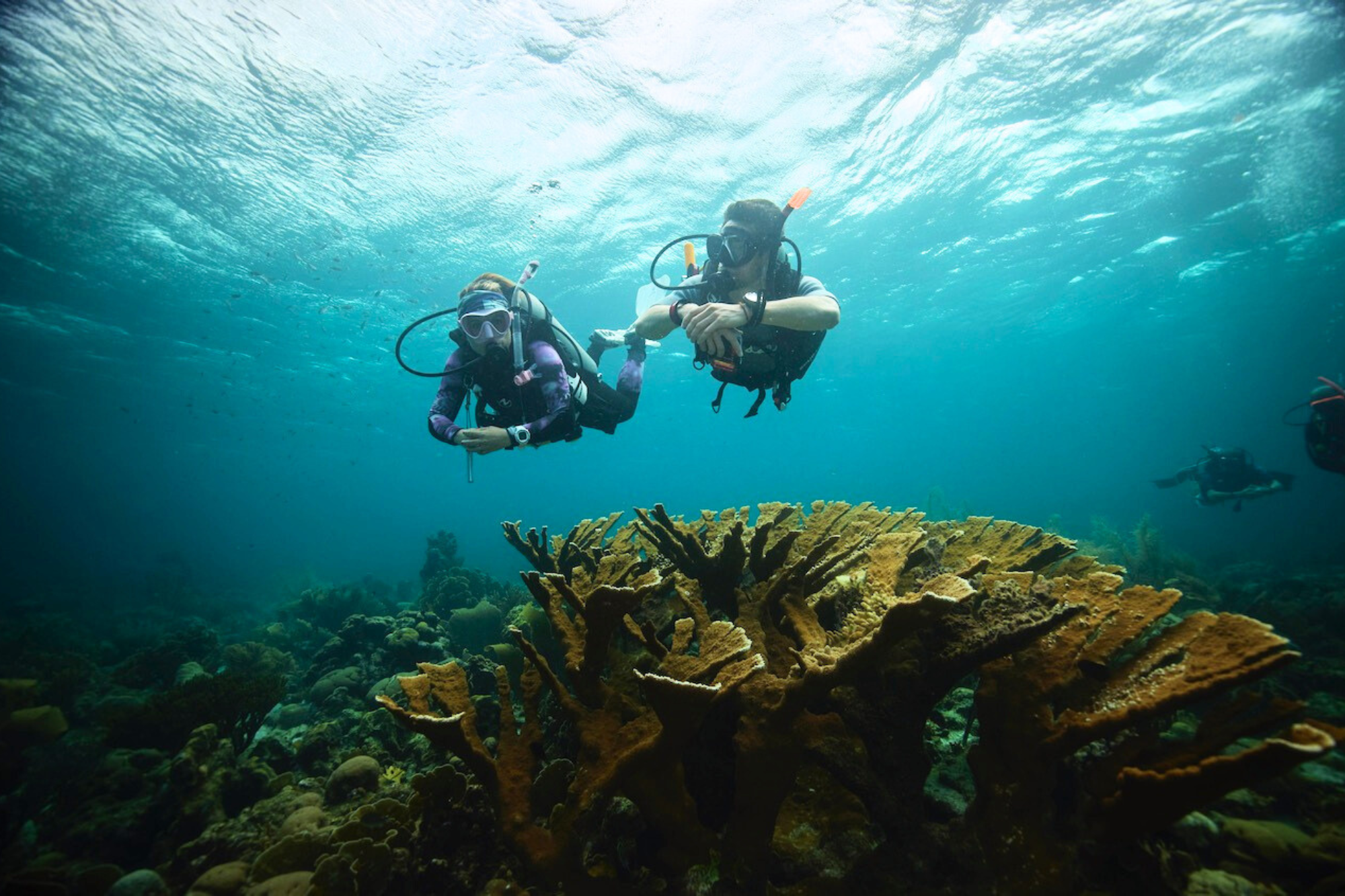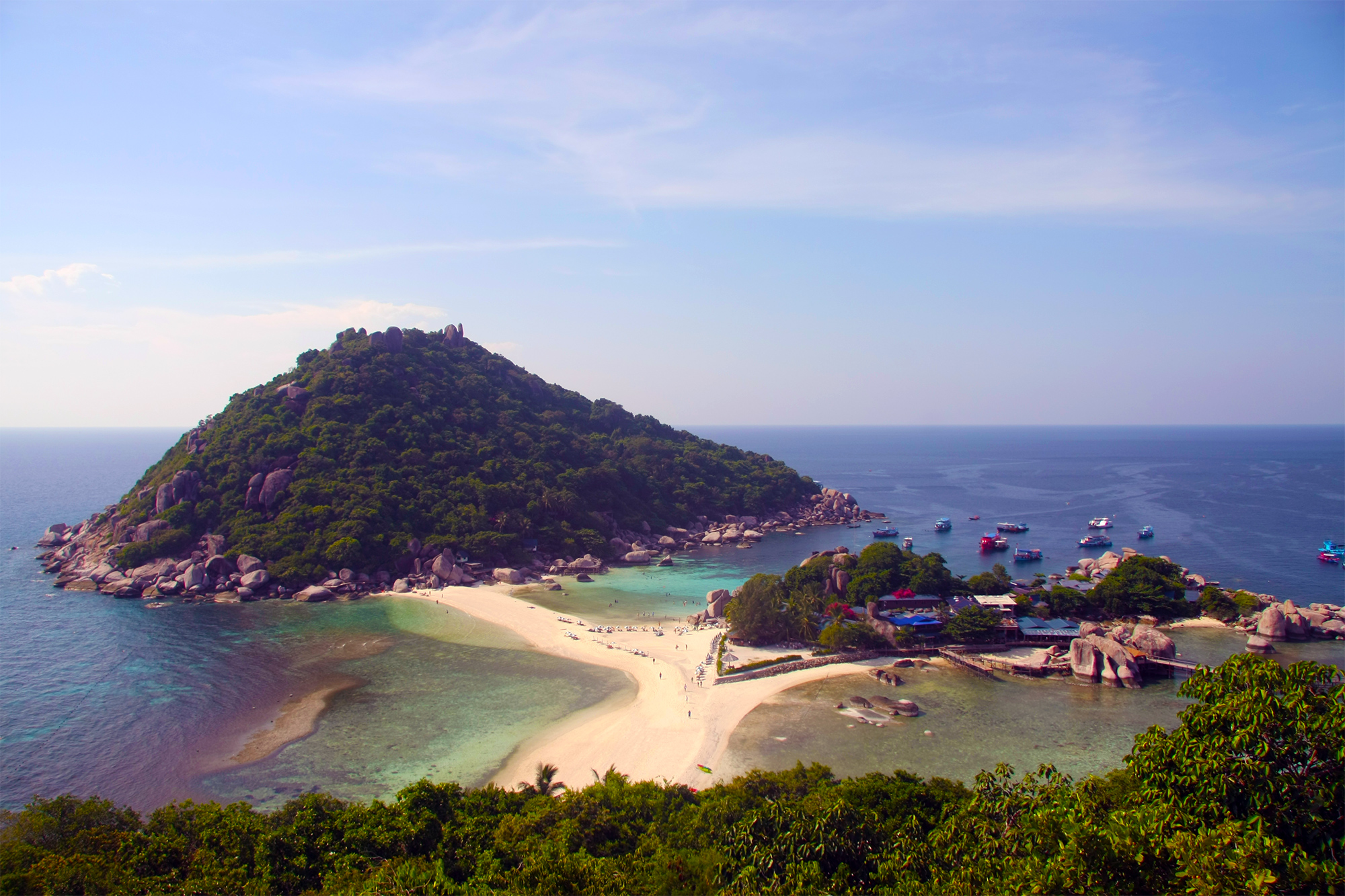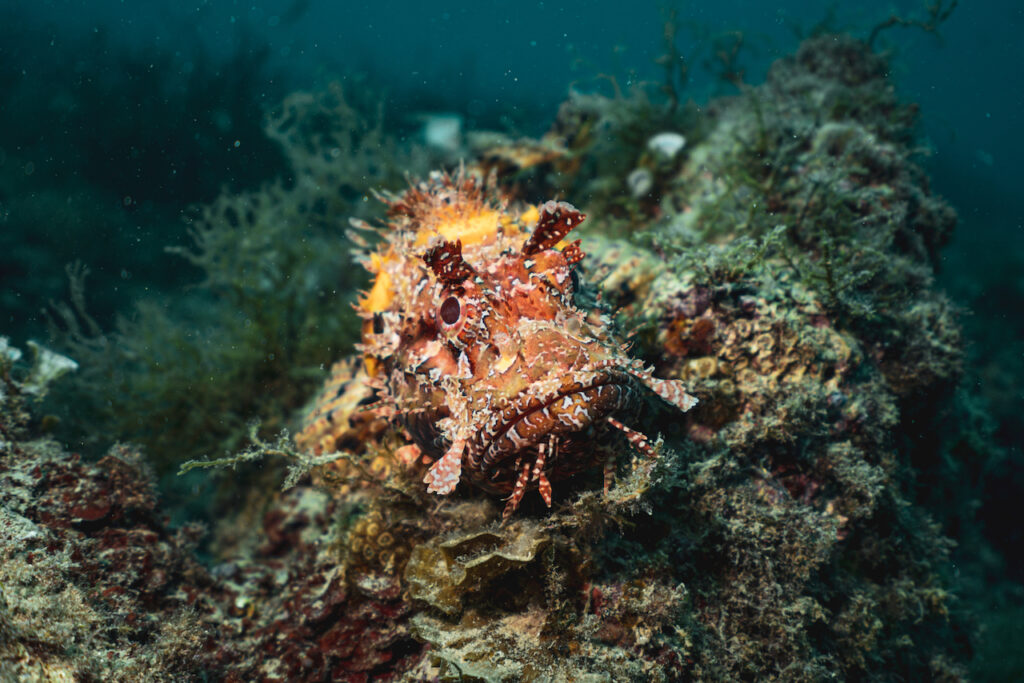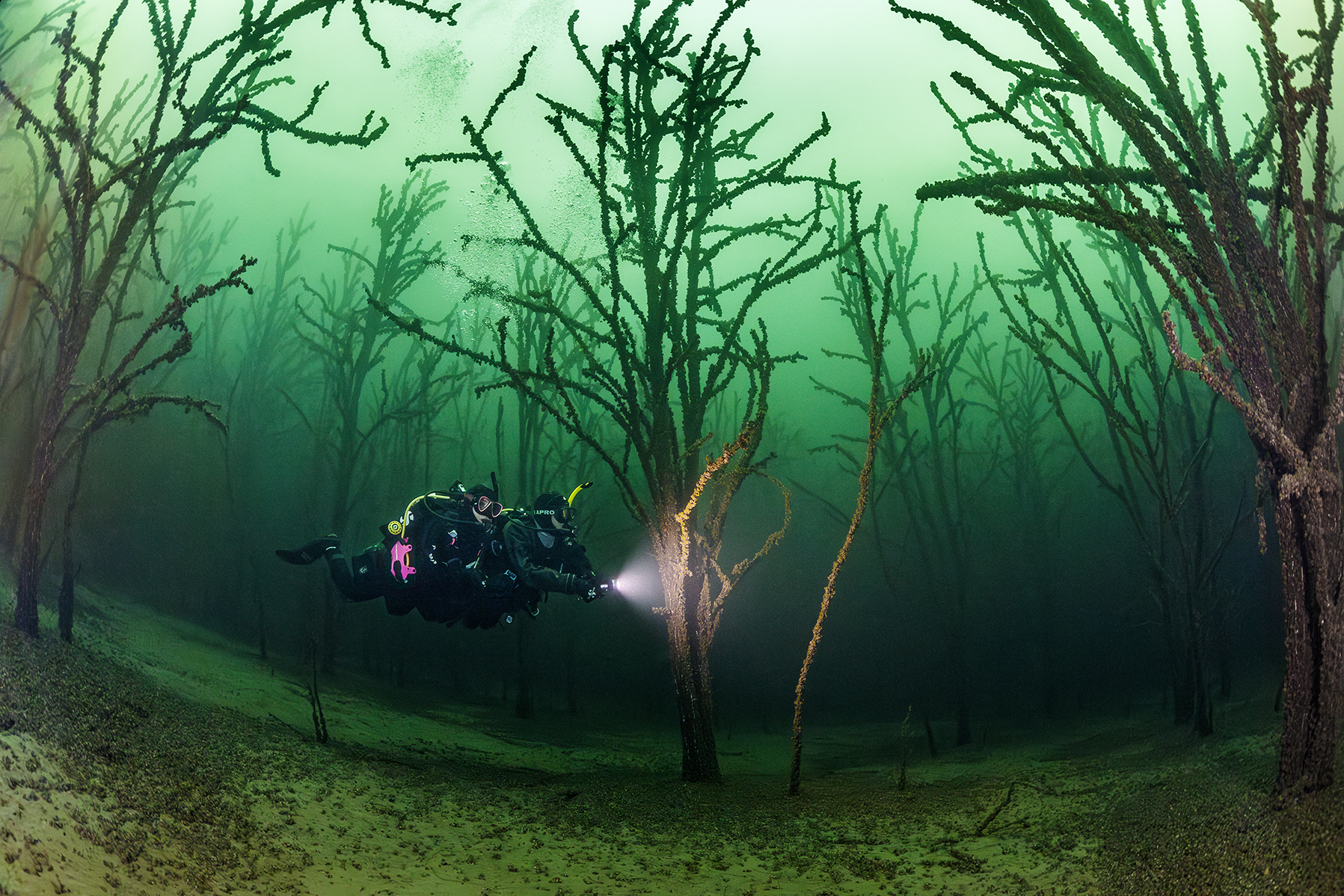Honing rich biodiversity among warm tropical waters, Jamaica is much-loved across the global dive community. Shallow reefs attract those looking to learn to dive, while adventurous wrecks await seasoned ocean lovers. The best time of year to dive in Jamaica lightly depends on your climate preferences, with variable conditions and marine life abundant in certain seasons.
The beautiful island of Koh Tao forms part of the Chumphon Archipelago on the western shore of the Gulf of Thailand. This idyllic island is a tropical paradise with white sand beaches fringed with palm trees, rugged cliffs, and stunning sunsets. Koh Tao’s underwater scenery is just as spectacular with coral encrusted rock pinnacles, vibrant reefs, and some great shipwrecks. Koh Tao offers the opportunity to see passing pelagics including whale sharks, leopard sharks, and manta rays. When you’re not looking out to the blue you’ll be mesmerized by the plethora of colourful reef fish all around you.
Over the last 20 years, Mallorca in Spain has protected its coastline and established marine protected areas to safeguard the island’s marine life. Notably, the El Toro Marine Reserve, situated between Magaluf and Port Andratx, has significantly increased the abundance and diversity of underwater species since its establishment in 2004. With over 60,000 hectares protected, Mallorca is one of the European leaders in developing Marine Protected Areas.
Some of the appeals of diving are unique travel opportunities, committing ourselves to projects that can make a difference and learning new capabilities. Among other things, these separate diving from other adventure activities, but these tend to have medium to long time commitments, which implies – incorrectly – that diving is always a multi-day experience, taking several days to as much as two weeks or more. While big adventures, like liveaboard trips, are absolutely great and part of diving’s appeal, sometimes we overlook the short end of the time scale.
Some of the appeals of diving are unique travel opportunities, committing ourselves to projects that can make a difference and learning new capabilities. Among other things, these separate diving from other adventure activities, but these tend to have medium to long time commitments, which implies – incorrectly – that diving is always a multi-day experience, taking several days to as much as two weeks or more. While big adventures, like liveaboard trips, are absolutely great and part of diving’s appeal, sometimes we overlook the short end of the time scale.



